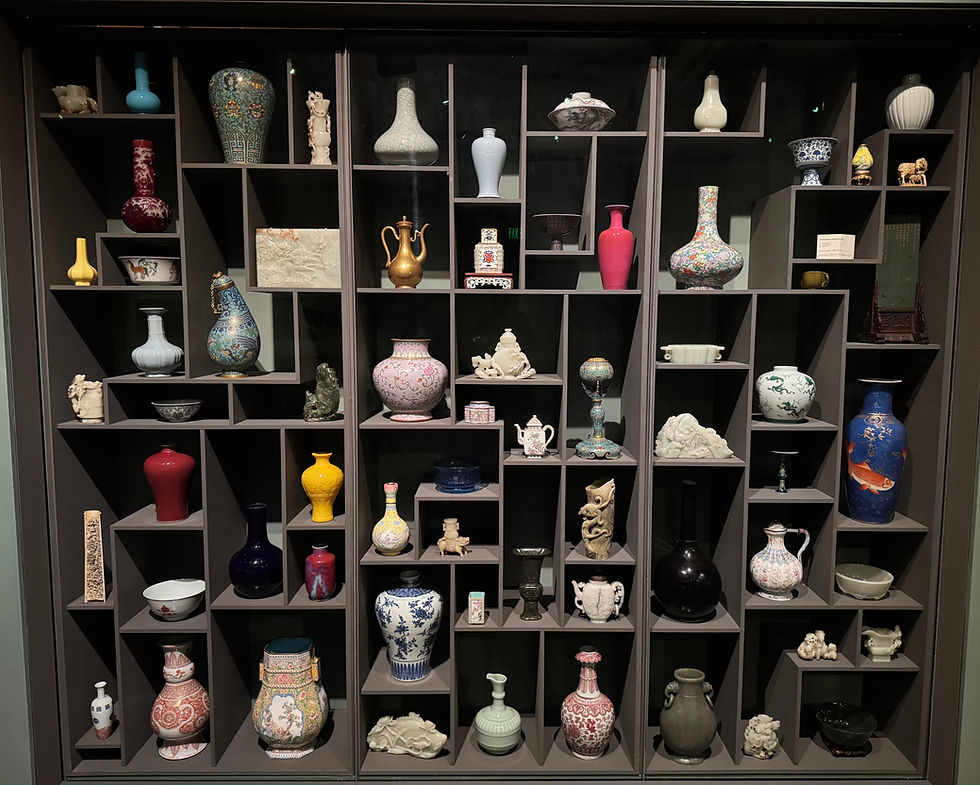Elegant Chinese Earthenware at the Art Institute of Chicago
- Anthony Wu

- Aug 24, 2016
- 2 min read
Updated: Feb 17, 2025
With the steep decline in prices for Chinese earthenware ceramics over the past twenty years, many people have dismissed this important medium. They were extremely popular from the 1960's until the mid 1990's, and were mostly collected by American and European families. However, what was once a rarity in the Chinese art market because of a limited supply, China, as it was beginning to open up in the late 1980's, was able to export an almost endless supply to the international art market. Some of the reasons include better technology, archaeology, and scholarship.
Other Chinese art collecting trends surpassed these type of earthenware, including jade, porcelain and other works of art. Even with the increase of spending power by Chinese collectors in the mid-1990's, there remained a lull with this category. One reason is that these earthenware ceramics are associated with tombs and funerals, thus encouraging superstitious tendencies.
I have to admit that I prefer porcelain from the Ming and Qing Dynasties over these early works. However certain pieces will always strike me due to their unique look and historical significance. I have selected three pieces I saw in Chicago during my visit in early August.
1. This Buff Earthenware Figure of an Entertainer was made during the later part of the Northern Dynasties (386-589). He is unusual because of his robust proportions, large eyes and nose, and unusual dress - he definitely does not look like he is from China! This entertainer is probably a foreigner from Central Asia, and with the large hole on his forehead, he would have been balancing a stick and object. The tomb figure would probably have been buried with a noble who appreciated acrobats, hoping that he/she will be entertained in the afterlife.

2. This Earthenware Equestrian Rider from the Tang Dynasty (618-907) permeates with grace. The horse is positioned in a steady pace, showing the steadfast control of the rider. She wears the high coiffure, long robes, and boots typical of Tang Dynasty fashion, and her round face imbues the idealized feminism of that time.

3. This figure is also from the Tang Dynasty (618-907), and is by far my favorite of the three. The 'foreigner' rider is seated on a large camel (or he is small himself). Decorated in the sancai (three colour) tones, the camel has a very dynamic and life-like pose. What strikes me the most is the large saddle decorated with a ferocious monster head. Most saddles in these types of sculptures are plain, making this example particularly rare. It is just fascinating to look at! In addition to the superb quality of this sculpture, it also showcases the presence of trade between China and Central Asia through the Silk Road.






Comments